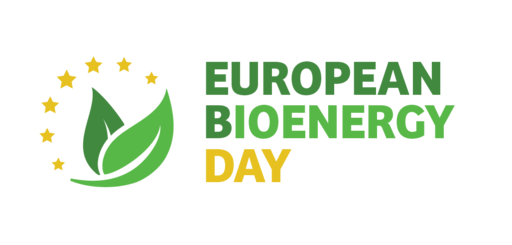Torrefaction is a thermal process of converting biomass into a coal-like material,which has better fuel characteristics than the original biomass. Torrefaction involves the heating of biomass in the absence of oxygen to a temperature typically between 200-300 °C. The structure of the biomass changes in such a way, that the material becomes brittle, and more hydrophobic.
During the torrefaction process a combustible gas is released, which can utilised to provide heat to the process.
Torrefaction processes
- Dry torrefaction, carried out in a gaseous environment (oxygen-poor atmosphere)
- Wet torrefaction, carried out through pressurised water
Dry torrefaction usually consists of five steps: a drying phase (up to 100°C), an evaporation phase (temperature rises between 100 to 200°C), a torrefaction phase (200 to 300°C) and a cooling phase.
During the process, hemicelluloses are decomposed and all types of volatile materials (of low energetic content) are volatilised. In this context, a weight loss of 30% can be observed, while energy remains almost unchanged in the final product.
What types of raw materials?
All densified and non-densified woody and lignocellulosic material can be torrefied. Thanks to its high energy-dense content, torrefied products are becoming more attractive for supplying bioenergy plants over long distance.
Final products
Torrefaction produces three different types of products, each of those outputs can vary in proportions, depending on the conditions of the reaction (mostly temperature and torrefaction duration) and the characteristics of the raw material:
- A solid product which is the key output of the process. After the biomass is torrefied, it can be densified, usually into briquettes or pellets using conventional densification equipment, to increase its mass and energy density and to improve its hydrophobic properties. The final product may repel water and thus can be stored in moist air or rain without appreciable change in moisture content or heating value
- Gaseous products, mainly CO2, CO, H2 and CH4 – which can be used to provide heat to the process.
- A liquid fraction containing the condensates (water, sugars, acids, alcohols,lipids)
